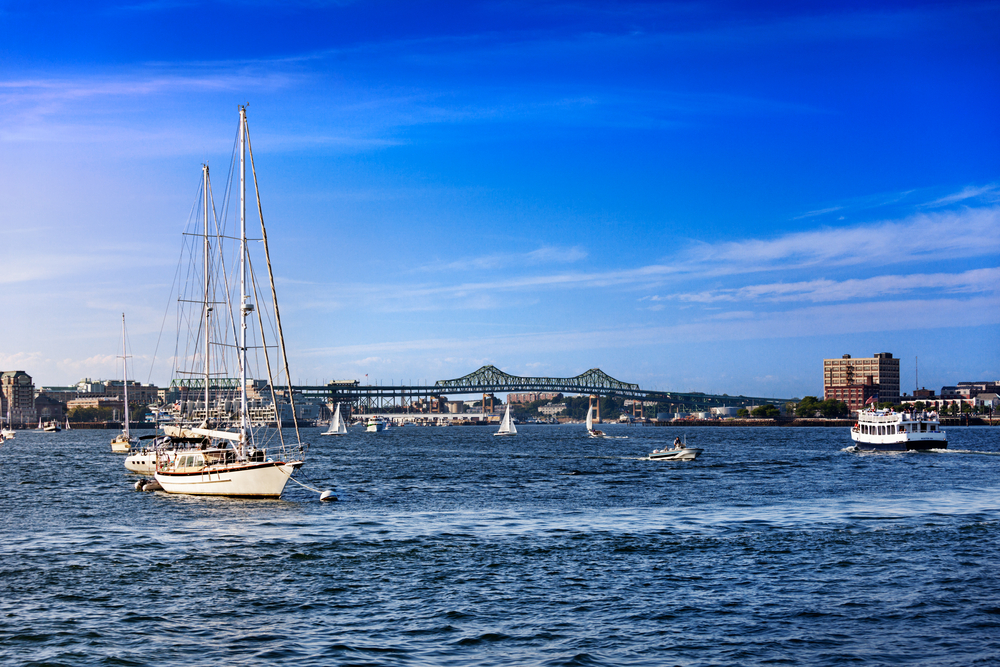It’s summer and a lot of us have the beach on our brain 24/7. Here in the city, when you’re never more than a mile from the ocean, you can almost (though not quite) hear the waves crash tantalizingly in the background of the traffic and construction noise. And though the Charles may now be clean enough to swim in, not all of our waters are on the up-and-up according to new statistics released by nonprofit Save The Harbor/Save The Bay. The numbers make clear that several area beaches are in need of some serious work.
These are regional assets and the Commonwealth has a responsibility to take care of them.
According to numbers released in May by the nonprofit, Boston Harbor beaches were some of the cleanest public waterways in the country. The findings stated that not only did the popular summer spots have almost impeccable bacteria levels, but that they were cleaner than some of America’s most famous beaches like Virginia Beach and Waikiki Beach.
Despite the vast improvements we have seen in the Harbor and waters throughout the city, the fight to keep beaches safe from bacteria is constant. The new numbers show that most beaches in the Boston area (eight out of the thirteen tested) are below the threshold Enterococcus bacterial count 100 percent of the time.
Bruce Berman who directed the study at Save The Harbor told BostInno, “The big takeaway is that most of the region’s beaches are in great shape. They’re safe for swimming nearly every day.”
Yet some tested areas, like Tenean Beach in Dorchester and King’s Beach in Lynn and Swampscott, are very susceptible to contamination. Both have had to close over a quarter of the time so far in the season, leaving fewer days for locals and visitors alike to enjoy the beach.

As the table shows, overall beach health for the beginning of the 2015 season went down by three percent compared to all of 2014. Save The Harbor believes that the main factor behind this deterioration, which is heavily centralized in the trouble beaches identified, is weather.
“When there’s even a small storm the water is often unsafe for swimming. At King’s and Tinnean the situation just isn’t improving fast enough,” said Berman. He continued, “You have a bunch of thunderstorms on a hot Friday and the beach is closed on a hot Saturday. That’s not fair to the people of Lynn, of Swampscott, of Dorchester, and of our region. These are regional assets and the Commonwealth has a responsibility to take care of them.”
To keep the beaches clean, Berman says site-specific plans of action are needed for each of the trouble locations. Pipes and sewage systems in the affected areas need to be inspected for damage and wear, so that each environment can be underrstood wholely and the problems therein can be dealt with totally in the coming years. Berman hopes construction will start around the beginning of fiscal year 2017, but adds that “We can’t get it done unless we start. That’s what we want to do now.”
And though the problems at these beaches are not quick fixes, Berman notes that they are manageable in light of the massive Harbor clean-up.
“The Harbor project took 30 years. I’m hoping we can get this done in two or three.”
In the coming decades, Boston will get closer and closer to attaining pollution-free waterways, a thought that was once not only foolish but downright insane. Yet, at the close of our talk Berman sounds hopeful even if the numbers aren’t exactly perfect, “We spent four and a half thousand million dollars so far, $4.5 billion, on the cleanup and on a hot summer day, when you go into clean water, you know it’s worth it.”
Image via Shutterstock


